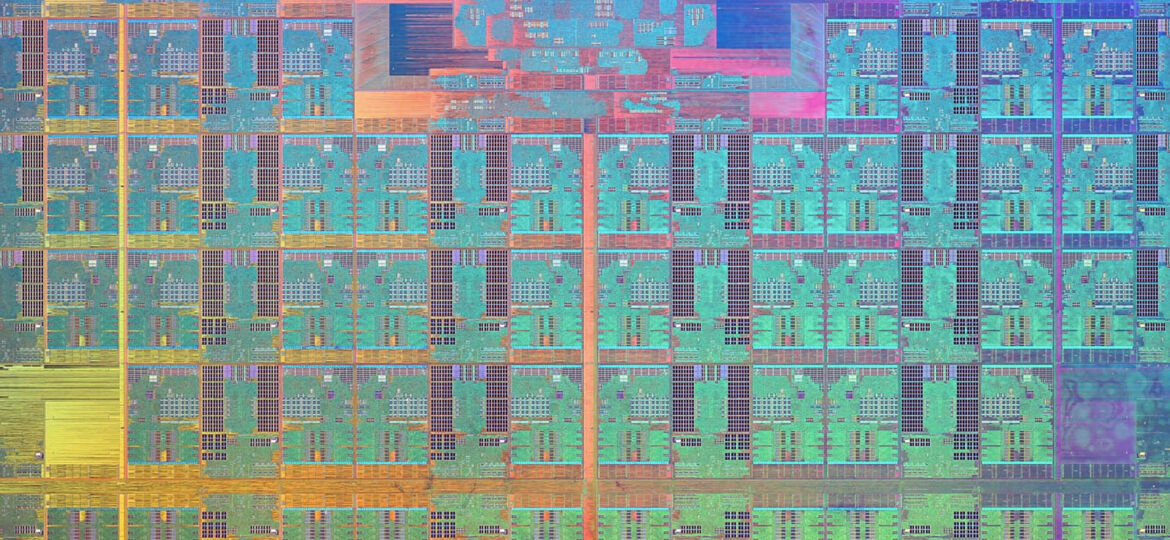
WHY THIS MATTERS IN BRIEF
The Kilocore chip represents a step change in CPU power and efficiency.
Most of todays great advances in science and technology have been the direct result of the massive increase in computing power that we’ve seen over the past 40 years. AI, for example wouldn’t be possible if it wasn’t for today’s computing power and neither would our ability to secure global communications or analyse trillions of different chemical variations to find the next blockbuster drug. Companies have been struggling to keep pace with Moore’s Law, economically at least, for years now but technically, whether it’s thanks to Molecular Computing or innovations like the Kilocore there are still a multitude of ways to squeeze more and more performance from Silicon.
These days we’re having to get increasingly used to some fairly big numbers in terms of core counts for processors such as Intel’s whopping 72 core Knights Landing supercomputing chip but researchers have just topped that figure – and then some by building a 1,000 core brute of a chip that’s capable of carrying out 1.78 trillion instructions per second.
Dubbed the KiloCore chip by the team that built it at the University of California it’s the world’s first 1,000 core chip, the previous title holders only managing to fit a paltry 300 cores on their version and, furthermore, and just to rub salt into the wound it has the highest clock rate ever demonstrated for a “many core” chip.
It’s also the most energy efficient capable of executing 115 billion instructions per second using just 0.7W. Putting that into perspective that makes it a hundred times more efficient than the CPUs find inside a modern laptop and means that the chip could be powered by just one AA battery.
Sadly for those technophiles among you though it’s unlikely you’ll ever get your hands on such a monster. Most multi core chips of this size almost never make it into mass production, often confined to running instructions that support someone’s in house research project but with such a large core count and high clock rate it’s almost inevitable that people who need large amounts of parallel data processing, such as video or encryption will be salivating to get their hands on it.
















